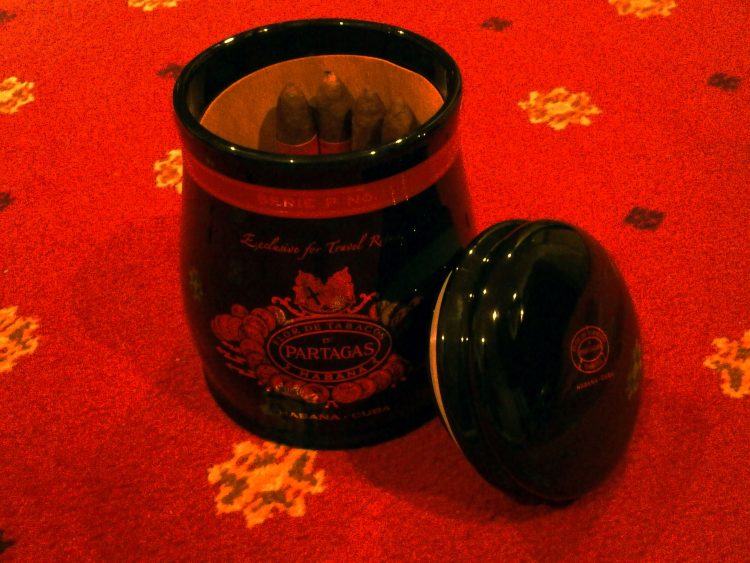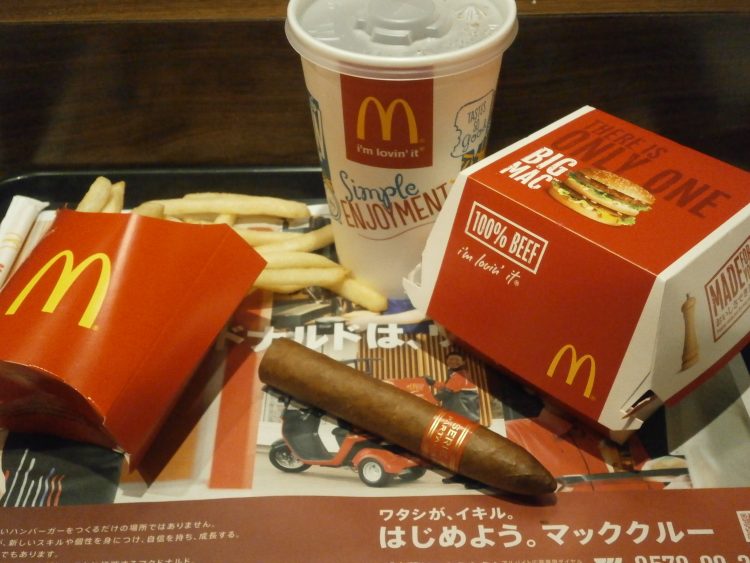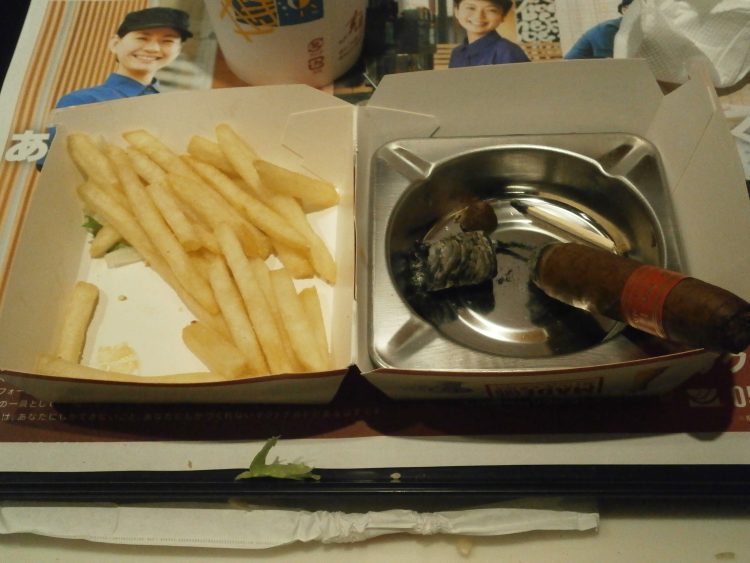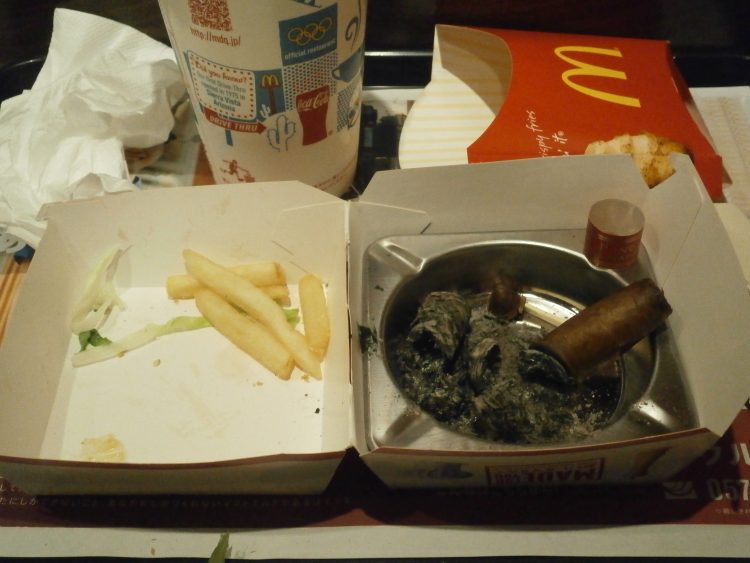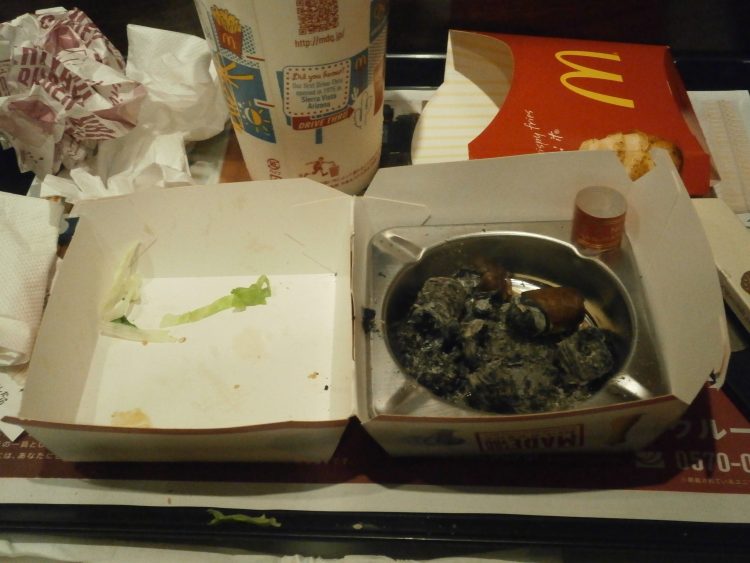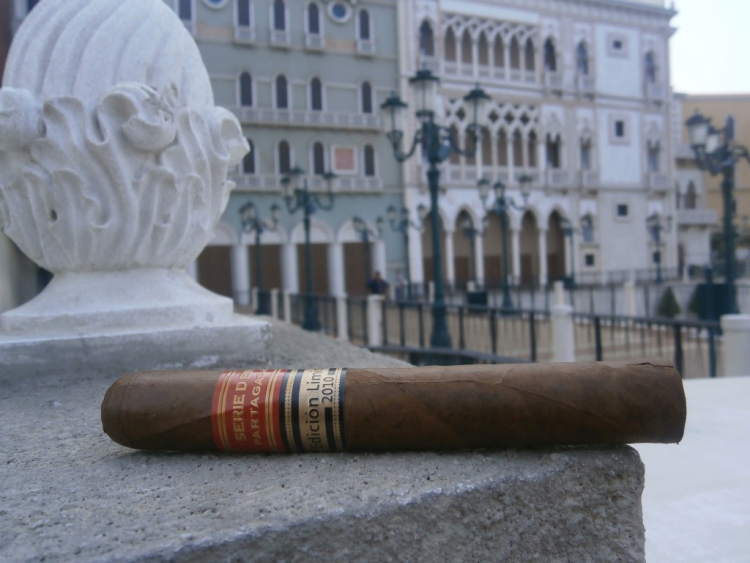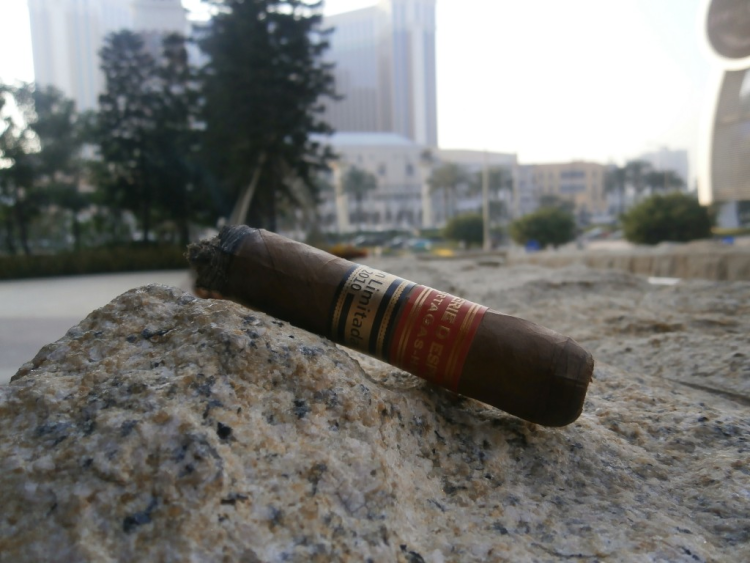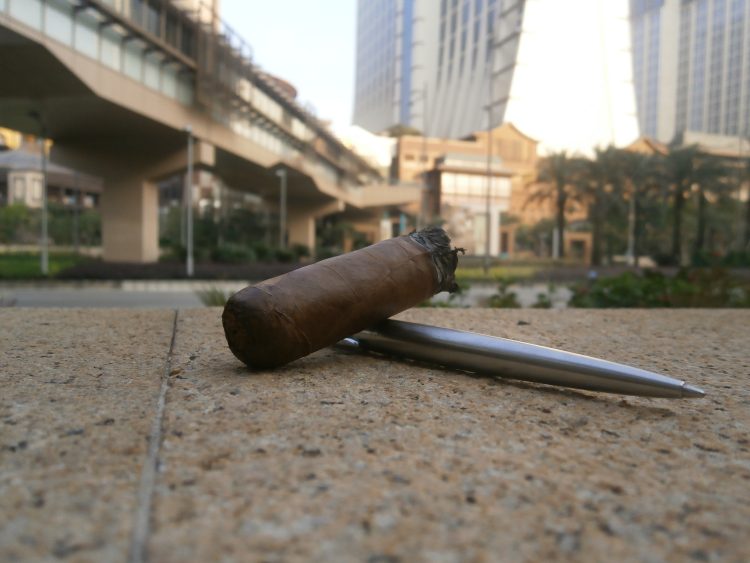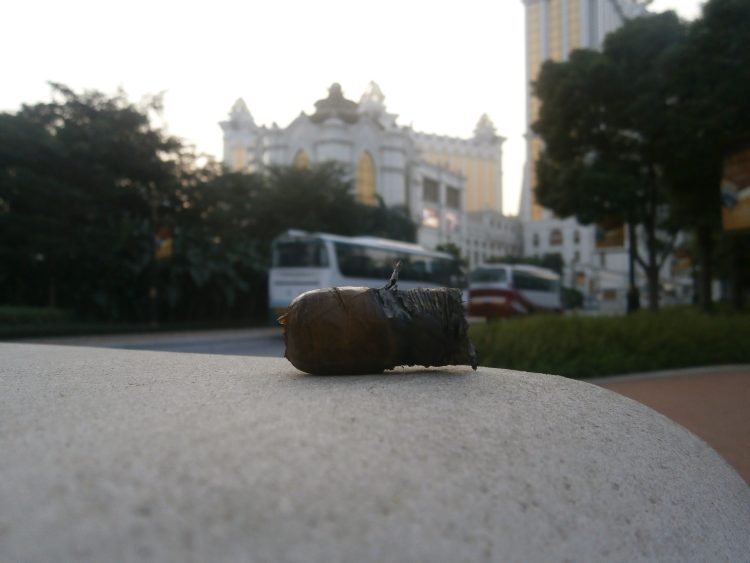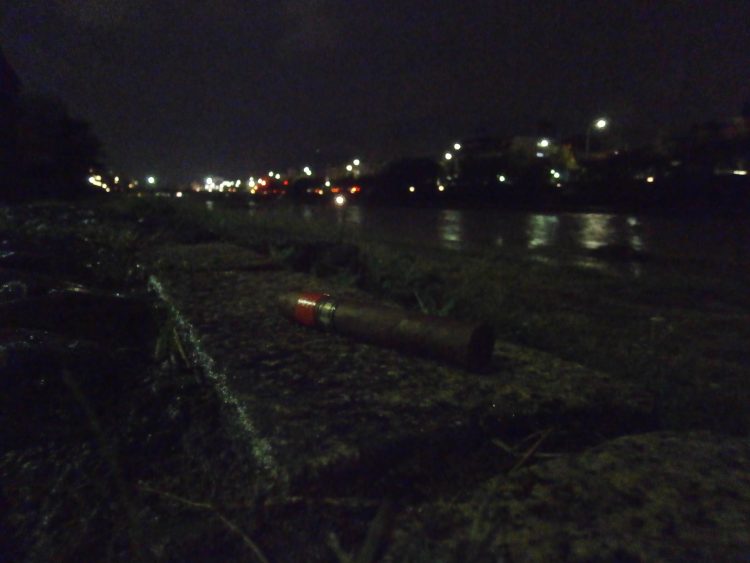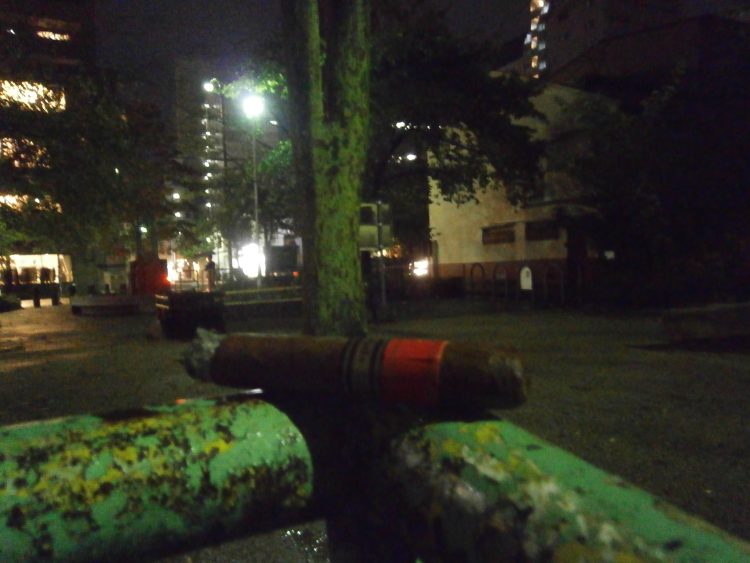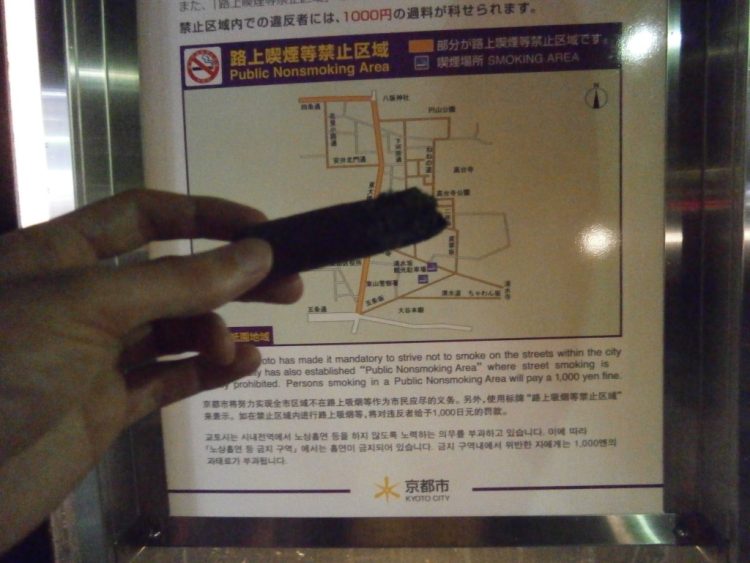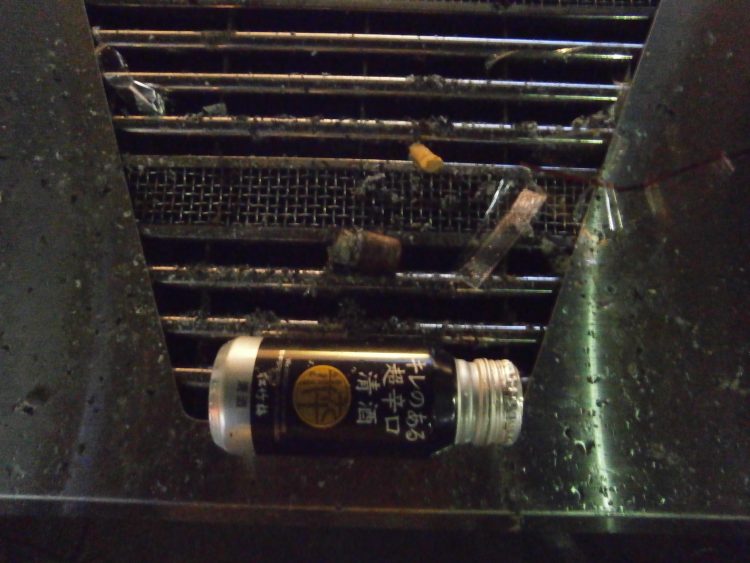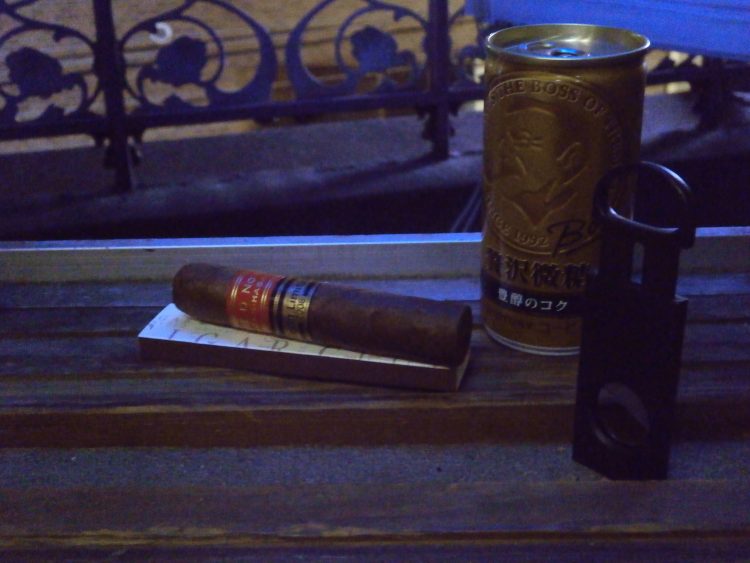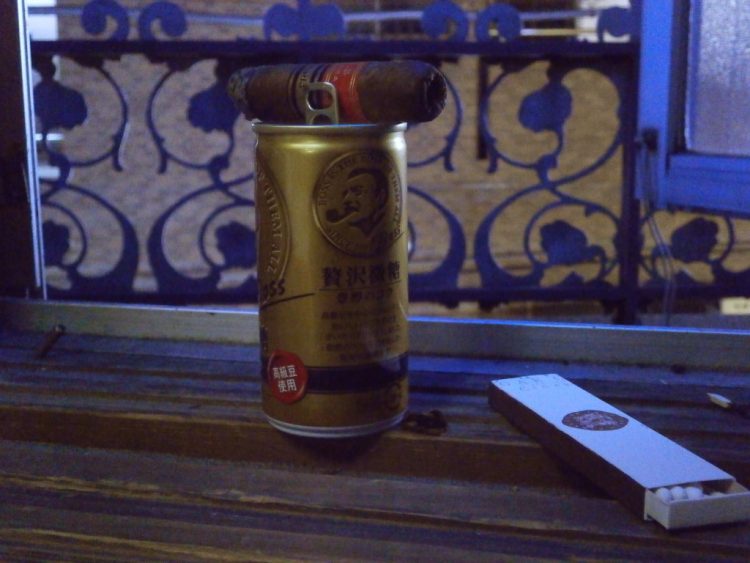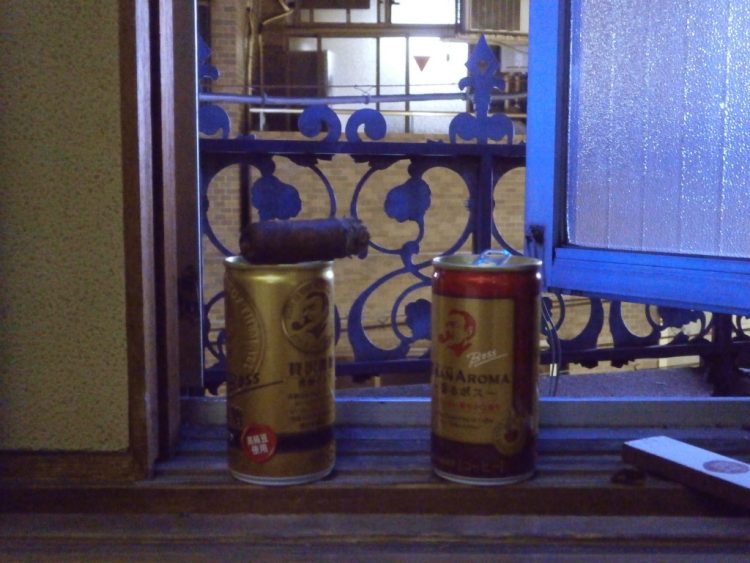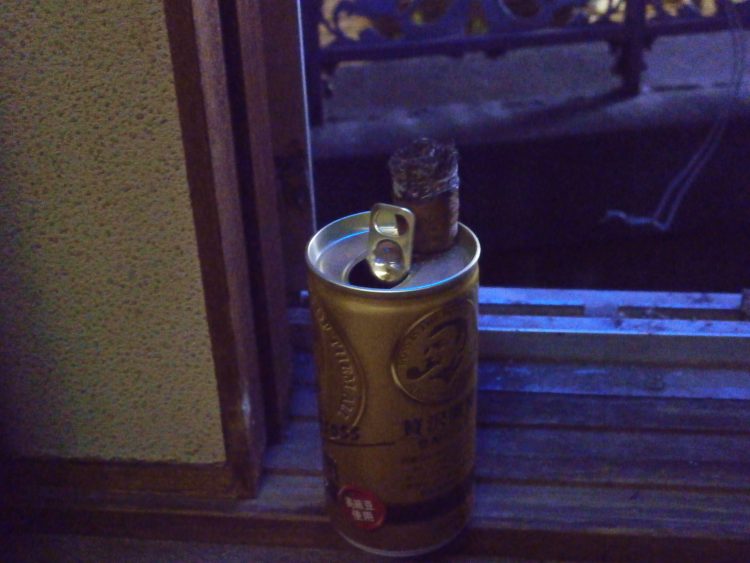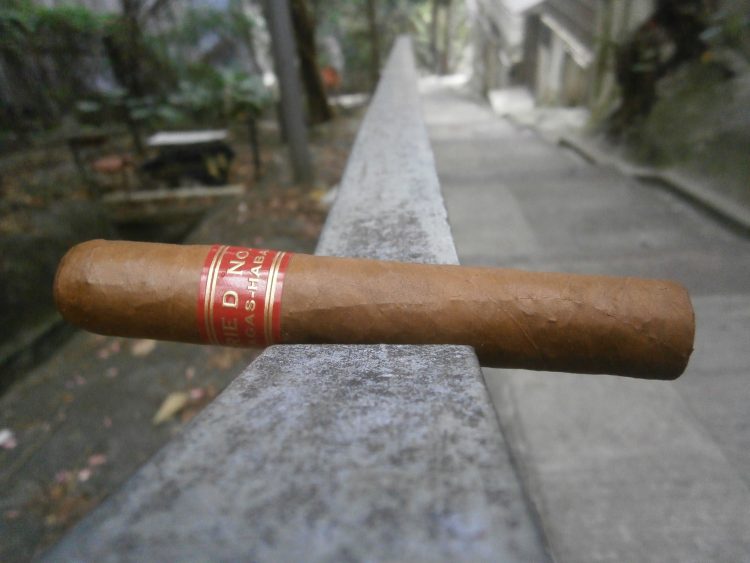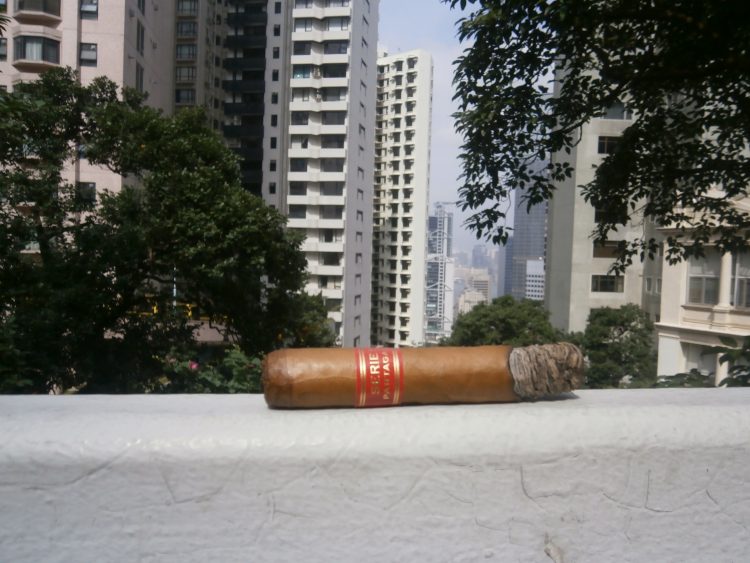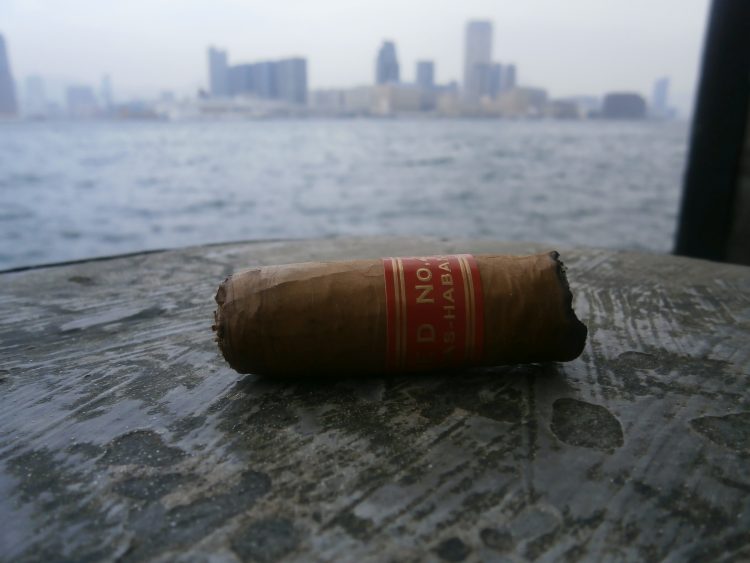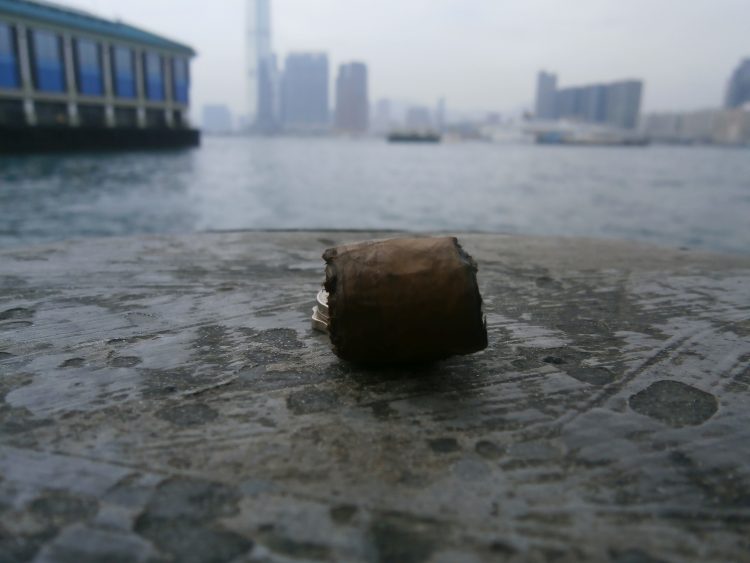Before I begin, a word about jars.
Starting in the 1920s, Cuban cigars have occasionally been released packaged inside ceramic porcelain jars. Lined with a cedar sheet, and with an airtight seal and small humidifying sponge in the lid, these jars make nice little humidors. Aficionados opine that much like in aluminium tubes, the air circulates less inside a sealed jar than it does inside a porous cedar box, which means the oils in the leaf take longer to evaporate. Less oil movement means that the cigars (in theory, at any rate), age slower, and as the legends tell us, slower aging is better ageing.
The Millennium Jars in 1999 marked the return of the special edition porcelain jar to the modern era, and since them a special edition jar of some kind has appeared more or less annually. They’re very popular among collectors, and I can see why, as they are really very nice things. The cigar we consider today is the Partagás Serie P No. 1, which was released (in a jar) exclusively for duty free retail in 2010. The lid on my example sits on very lightly, held in place only by gravity and the slight grip of the rubber membrane that creates the seal. The very best jars from days of yore would have a seal made only by two pieces of perfectly milled porcelain, but our modern mass manufacturing techniques can’t match the old precision, at least not at the price Habanos S.A. is willing to pay.
As I discussed in my article on the Serie D No. 4 (and most every essay since), the letter in a Serie cigar theoretically denotes its gauge, and the number its length. Not so much in the P1: the P presumably stands for piramides, but the 1 should indicate a considerable length, which this does not have: by rights it should probably be a P4. What that means for the series overall though I don’t know: the P2 conforms to what you’d expect.
To me the P1 was always a working man’s sort of cigar: a knock about little pyramid of spice and tar for the tradesman on the go, and so I’ve brought this one today to a working man’s sort of venue: the smoking section of a McDonald’s restaurant in Osaka, Japan. I rarely pair cigars with food – I find the cigars tend to drown out the taste – but in this instance I think I may have found a perfect match: the Partagás Serie P No. 1 and a Medium Big Mac Value Meal.
Every McDonald’s in Japan has a smoking section, the size and pleasantness of which vary depending on the size of the restaurant. A larger branch will usually have a whole floor set aside for the smokers, but not so this one, where the smoking area is a small glassed off booth with eight seats. It’s not nearly as ventilated as I’d like. Besides myself there are four occupants, three teenage hoodlums and what appears to be a homeless man (a rare site in Japan), and between us we are adding a considerable pall to the air. There is an air-conditioner, but it seems to be blowing air around more than it is filtering it.
From the first puff the cigar doesn’t mess around, straight into dirt and spice and tarred cedar wood. When you’re only a three and a half inch cigar first impressions count, and the P1 is definitely a rough kid. Sometimes I like them rough.
I’m not sure if it’s by design or by accident – although knowing both Japan and the McDonald’s corporation like I do, I’m going to bet design – but the ashtray they have provided fits perfectly within one half of the Big Mac burger box. The further I get into this meal I begin to think that perhaps the Medium Big Mac Value Meal has undergone a similarly intensive engineering process, with just one design goal in mind: to totally swamp a cigar aficionado’s palette. The salt of the chips, the sweet of the cola, and then the greasy mess that is the Big Mac touches sweet, salt, sour, umami – every taste button bar one: bitter. Fortunately the Partagás Serie P. No. 1 is happy to oblige and complete the sensory overload.
Confines are cramped in the smoking area; seated on a stool at a counter facing the wall I feel that my personal space begins and ends at the borders of my meal tray. My cigar makes its cyclical journey from the ashtray to lips within this zone, and small flecks of ash have dropped from it onto my chips. To my overloaded palette it is lending them a subtly peaty flavour, much like one might find in an Islay single malt. From the cigar has emerged a note of aniseed.
My visits to McDonald’s these days are generally limited only to the occasional particularly desperate morning after the night before, when only the most efficient mechanism for delivering a jolt of sugar and fat and salt and caffeine to my system will suffice, but I’m appreciating it tonight for reasons beyond the gimmick of smoking a cigar in the world’s most iconic family restaurant. The example of a Big Mac that one finds in Japan, a country where even punk teenagers in minimum-wage jobs have a work ethic, is substantially better put together than the Australian variety, but once one takes a bite they are utterly indistinguishable, both from each other, and from their ancestor I consumed twenty five years ago at my best friend’s birthday party, and from the countless others I have eaten all over the world. Consistency is important, and pleasant for its own sake.
Like the Big Mac, the Partagás Serie P No. 1 is a consistent cigar. I’ve smoked a heap of these little guys over the years, and always enjoyed them as no-nonsense firecrackers, an efficient tool for delivering the joy of a great Cuban smoke directly to your pleasure centre. They’re not the most complex things in the world, and I don’t really think they’re worthy of their packaging: these should be an everyday smoke, not a collector’s trophy to age and admire. In my overall ranking of the Partagás specials these will suffer for their length, but inch for inch they’re as good as anything out there. I just wish that they were regular production, because they’re more deserving of it than a PSD4.
